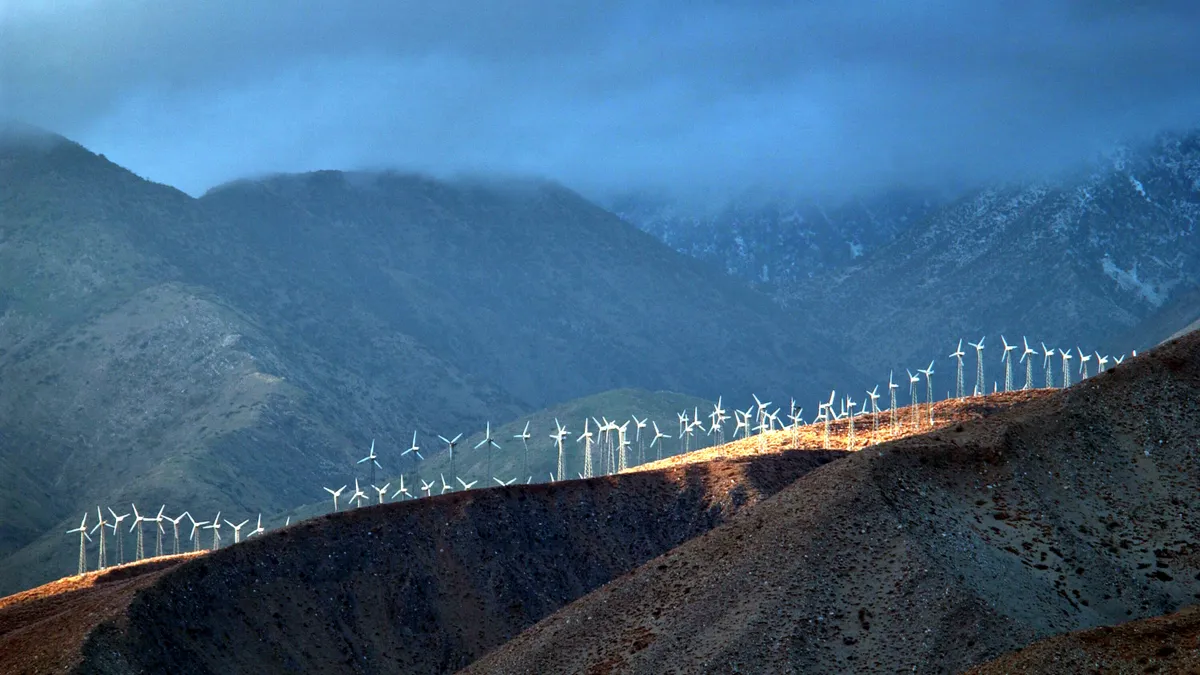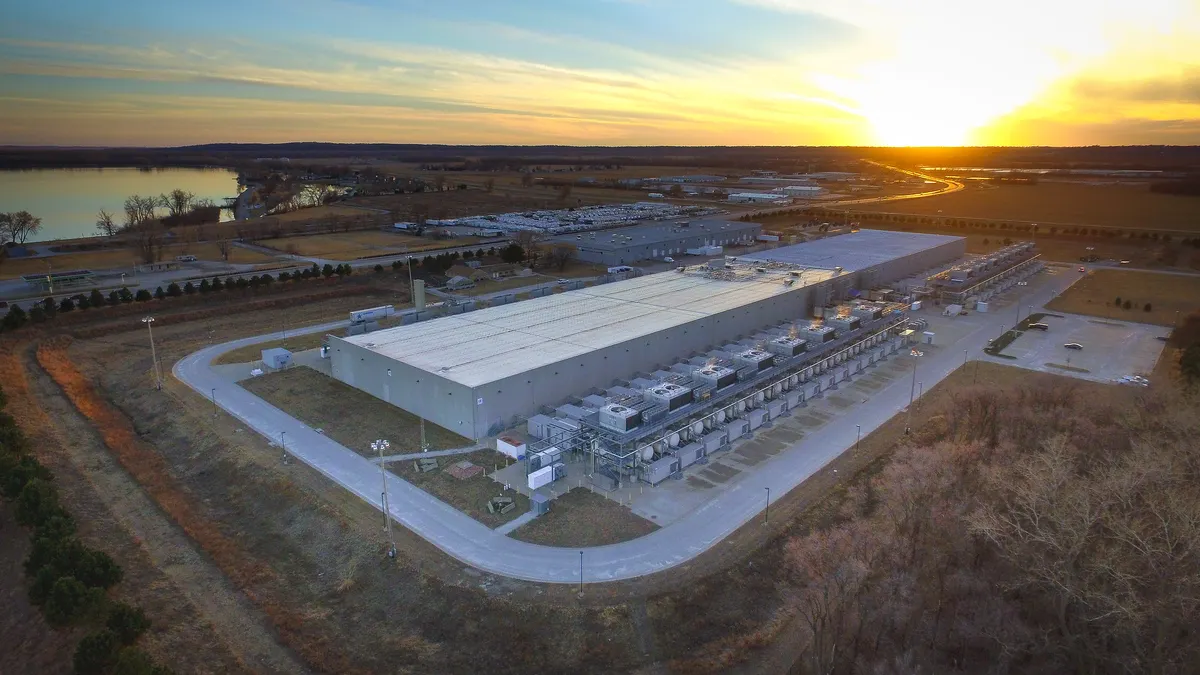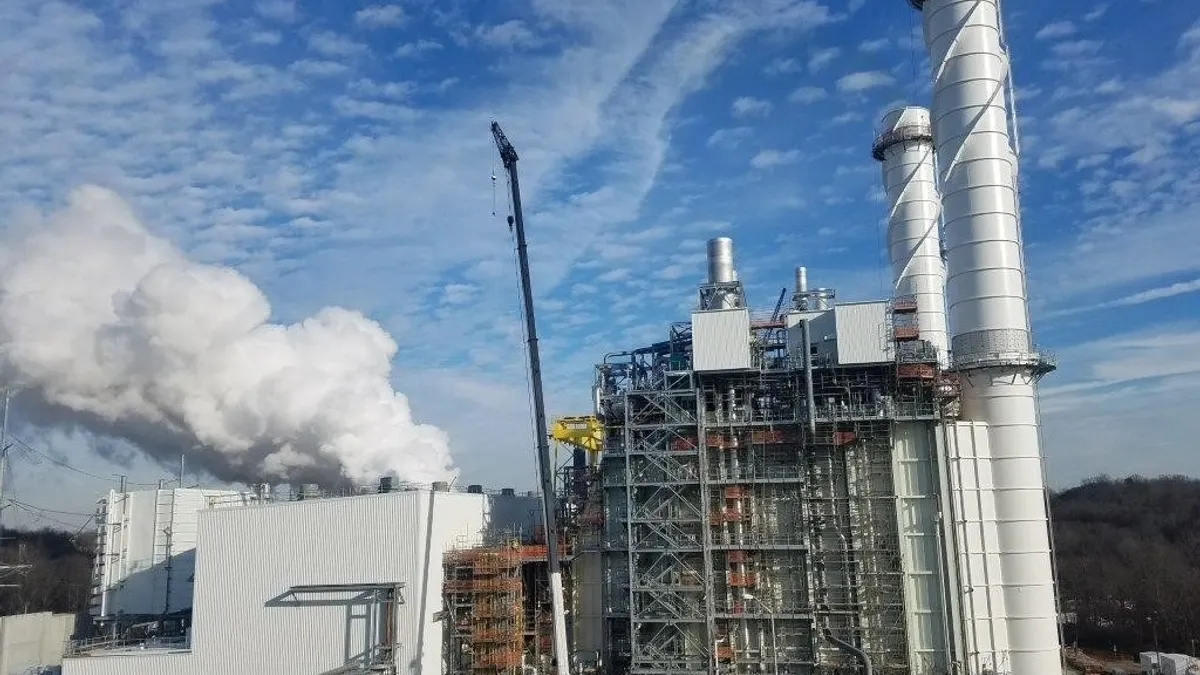Power sector players offered mixed reactions to a California Public Utilities Commission (CPUC) proposal that would, if approved, advise state legislators against further expanding its direct access program at this point.
The proposed decision, released earlier this month, is the culmination of a two year-long rulemaking at the commission to implement a state law around expanding direct access (DA) — a service option under which retail customers can purchase their electricity from competitive energy service providers, as opposed to regulated utilities. But the filing outlines regulators' tentative conclusion that expanding the program to all commercial and industrial customers at this point would present "an unacceptable risk to the state's long-term reliability goals" and potentially increase greenhouse gas emissions.
While some stakeholders suggest the proposal reflects a clear-eyed perspective of the reality of retail competition in light of California's clean energy and reliability objectives, others think it essentially deals a blow to customer choice.
"Both those points are true," Seth Hilton, partner at Stoel Rives, said. "It could potentially affect reliability — and it does absolutely clamp down on retail choice."
Retail choice in California
California authorized retail competition in 1996, with the enactment of AB 1890. But following the state's energy crisis in 2001, the amount of load available for direct access was capped, and only a limited number of non-residential customers have been allowed to enroll in the program since.
In 2018, California lawmakers passed Senate Bill 237, which required the commission to increase the then roughly 25,000 GWh per year DA cap by 4,000 GWh — which regulators did in 2019 — as well as provide recommendations on further reopening the program for all commercial and industrial customers. Those recommendations were subject, however, to finding that reopening direct access is consistent with the state's environmental goals, reliability concerns and prohibitions on cost shifting, said Matthew Freedman, a staff attorney with ratepayer advocacy group The Utility Reform Network (TURN).
The CPUC's staff put together a report on this legislation in 2020, which suggested that the DA program be reopened only if electricity service providers are able to demonstrate that they are complying with California's resource planning, renewables and reliability obligations. Furthermore, if lawmakers do opt to reopen direct access for non-residential customers, the staff report suggested it be done in a staggered manner, at 10% increments of load per year.
But after reviewing the report, the CPUC concluded in its proposed decision that it would not be prepared to recommend reopening the DA program right now. The commission pointed to the rolling blackouts that occurred in California last August, as well as the February outages in Texas, where all retail customers are served by direct access providers.
The proposal comes as California grapples with broader questions around the reliability of its electric system. The impending retirement of the 2.2 GW Diablo Canyon nuclear plant, as well as a suite of natural gas plants in coming years, has regulators scrambling to ensure adequate capacity is brought online by the middle of the decade. Meanwhile, as the proposed decision notes, electricity demand is set to increase as the building and transportation sectors are electrified. To meet these needs, the state will need to build new generation, something that load-serving entities will need to invest in via long-term contracts, the filing stated.
Under California's renewables portfolio standard framework, load-serving entities need to ensure 65% of their renewables procurement beginning in the 2021 to 2024 compliance period comes from long-term contracts that span a decade or more.
But in the proposed decision, regulators say they cannot predict whether electric service providers can meet those obligations, and "have determined that ESPs do not have a track record of relying on long-term contracts to meet a significant proportion of their energy needs."
The proposal also raises concerns that expanding direct access could cause community choice aggregators to lose portions of their load, jeopardizing the long-term contracts they've already signed.
"[A]llowing additional Direct Access expansion will lead to unpredictable load migration which in turn could further destabilize the state's energy system," the proposal stated.
Re-engineering California's resource adequacy requirements
TURN's Freedman agreed with this point of view. DA providers, Freedman said, tend to be short-term buyers of electricity, because they have short-term customer commitments. The issue, he said, is that the CPUC is looking to potentially procure thousands of megawatts of new resources in the coming years, and is also in the process of re-engineering its resource adequacy framework.
"All of this stuff is in flux, and the idea of reopening DA and creating less stability at the retail level is something that raises the question of, what's the purpose of that exercise?" Freedman said.
Freedman pointed to the CPUC's 2020 report on its renewables portfolio standard program, which noted that electric service providers have historically procured "the minimum quantity required for long-term contracting", and would collectively need to enter a significant number of long-term contracts to meet the 65% requirement.
"Without careful planning when it comes to any expansion of direct access, significant shifts in load have the potential to risk system reliability and increase emissions."

Maya Chupkov
Spokesperson, CPUC Public Advocates Office
While utilities are doing better on that front, "the CCAs' and ESPs' forecasted shortfalls in meeting the 65 percent long-term contracting requirement raises concerns for potential failure in meeting overall RPS requirements," the report stated.
The CPUC's Public Advocates Office also supported the proposed decision.
"Without careful planning when it comes to any expansion of direct access, significant shifts in load have the potential to risk system reliability and increase emissions. It is our duty as the independent consumer advocate to help ensure the health and well-being of the customers we represent. Keeping our energy system reliable is especially critical as we approach summer," Maya Chupkov, a spokesperson for the office, said in an emailed statement.
'A highly regulated environment'
But Travis Kavulla, vice president of regulatory affairs at retail energy provider NRG Energy and former commissioner at the Montana Public Service Commission, does not agree with the CPUC's takeaway that expanding the state's DA program will jeopardize reliability or renewables policies. DA providers have consistently met the resource adequacy requirements as well as renewable portfolio standard requirements the commission has set down, he said.
"The people who provide DA services in this state … exist in a highly regulated environment, where they have to demonstrate they've signed long-term contracts for renewables, that they've procured an adequate amount for resource adequacy for the months and year in question — and DA providers have consistently been meeting those marks," Kavulla said.
On the issue of long-term contracts, Kavulla said the proposed decision's rhetoric does not match the reality of the situation.
"Where DA exists elsewhere, it has certainly not impeded long-term contract formation."

Travis Kavulla
Vice president of regulatory affairs, NRG Energy
Large DA providers, including NRG subsidiary Direct Energy, have been signing long-term contracts for renewables resources in California and the four largest DA providers in California have already met roughly half of their 2024 renewables portfolio standard requirement through long-term contracts, he said.
"Where DA exists elsewhere, it has certainly not impeded long-term contract formation," Kavulla said, adding that as of the end of the last quarter, NRG had around 2.2 GW of long-term contracts for renewables across the nation, signed for an average tenure of 12 to 13 years even without a captive set of customers.
The idea the CPUC is pitching, "that you need some sort of monopoly or quasi-monopoly in order to develop long-term projects, that's simply not the facts of the situation," he said.
Stoel Rives' Hilton agrees with the commission's concern that DA providers have had a more challenging time procuring resources in part because they have a lot of short-term agreements, and it's hard to build new resources that way. At the same time, he said, some of the challenges around this are "self-induced" on the commission's side. For instance, the proposal points to reliability challenges stemming from the slate of gas plants that are scheduled to retire in California — "but the fact that we haven't replaced those resources now, I don't think has anything to do with DA," he said.
Expanding the DA cap would inevitably increase the state's challenges around meeting its environmental goals and capacity needs, Hilton said.
"That said, there are ways for the commission to address that and expand DA slowly so it can evaluate the impacts. We've just gone through a period where we've radically increased retail choice in terms of CCAs," he noted, based on the argument that customers should be given a choice.
"Maybe the same applies here to DA as well," he said.























